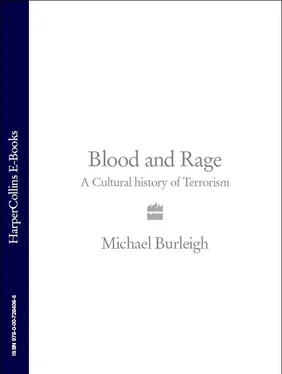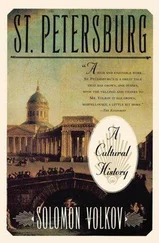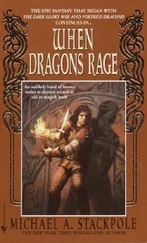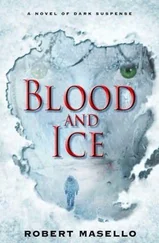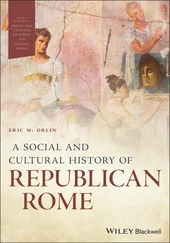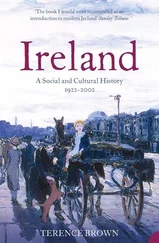These trials took place during the summer as a final bombing campaign, focused on London, geared up for its attacks. The team leader, William Mackey Lomasney, had been born in Ohio, and had been amnestied by the British authorities in 1871 after serving part of a sentence for arms-related offences and attempted murder. From a family with deep roots in Irish insurrectionism – his great-grandfather had died fighting for Wolfe Tone – Lomasney was a slight man with a lisping voice and a face that became instantly unrecognisable through the simple device of growing or shaving off his beard. Lomasney’s team commenced their campaign by bombing the London Underground railways in November 1883. The stations and dark tunnels provided plenty of ways to evade capture, as did the ever present crowds. Bombs in bags were dropped from the front first-class carriages, detonating by the time the third-class carriages passed the spot where the bags had fallen. The first such attack occurred as a Metropolitan Line train pulled out of Praed Street station, the Underground connection with Paddington rail terminus. Seventy-two people in the cheaper carriages were injured by splinters of wood and shards of flying glass. Twenty minutes later, another bomb exploded as a District Line train left Charing Cross on a journey towards Westminster; it caused limited damage to subterranean cables and pipes and to the tunnel itself. The injured included various artisans and shopkeepers as well as two schoolboys visiting the capital for the day from Clacton. Meanwhile, a further Fenian team had brought bomb components over on the boat from France. In February 1884, four bombs with alarm-clock detonators were left in cases deposited at four main railway terminals: Charing Cross, Ludgate Hill, Paddington and Victoria. Three of them failed to detonate, although the bomb at Victoria devastated the left-luggage room when it went off at one in the morning when the station was deserted. The bombers were en route to France before the bombs had even been set to explode. Police surveillance of the ports was stepped up. 15
With the help of an informer, the police arrested an Irish-American called John Daly with three brass-encased dynamite bombs. His intention had been to throw them from the Strangers’ Gallery on to the floor of the House of Commons, an outrage that would have killed the government and opposition leaders on the front benches below. A jury took fifteen minutes to find Daly guilty. Meanwhile, Lomasney’s men struck in May 1884 at the Junior Carlton Club, injuring the kitchen staff rather than members, at the home of Sir Watkin Wynn, and most audaciously at the offices of the Irish Special Branch. A bomb was left in a cast-iron urinal of the Rising Sun pub which shared a corner of Great Scotland Yard with the Irish Special Branch. It caused considerable damage to the building and destroyed many of the police records on the Fenians themselves. After a lull during summer and autumn, at six in the evening on 13 December 1884 a bomb exploded at the south-west end of London Bridge, hurling pedestrians to the ground and blowing a hole in the road. The wreckage of a rowing boat, rented earlier by William Mackey Lomasney and two accomplices, drifted out on the ebb tide, indicating that the bombers were no more. Lomasney’s store of dynamite, manufactured in San Francisco, was discovered at a house in Harrow Road a year later.
In the new year, a fresh team of Irish-American terrorists, under James Gilbert Cunningham and Henry Burton, respectively aged twenty-three and thirty-three, successfully smuggled in sixty pounds of Atlas Powder A dynamite as they entered the United Kingdom. Their first bomb exploded on 2 January 1885 on a Metropolitan Line train as it approached Goodge Street station. On Saturday 24 January Burton -with a team mate disguised as a female – tried to explode a diversionary bomb in Westminster’s Crypt, so as to enable the other unmolested to drop a bomb into the chamber of the House of Commons. Virtually simultaneously Cunningham slipped away from a party of sightseers in the Tower of London and placed a bomb behind a gun carriage in the central White Tower. The carriage absorbed much of the blast, although four young sightseers were hurt. Cunningham was caught as he ran through the Tower’s maze of walls and gardens; Burton was apprehended shortly afterwards. Both men were jailed for life for these attacks as well as for bombs at Gower Street and the four London mainline stations. In mid-March 1885, the French authorities rounded up and deported Fenians gathering for an alleged dynamite conference. Their number included James Stephens, the creator of the original organisation who ironically had always opposed terrorist bombings. Fears that the US government might finally be persuaded to follow suit led the Clan to abandon its plans for further campaigns. A final conspiracy by the implacable Rossa and a wing of the Clan to cause explosions during the Queen’s 1887 Golden Jubilee was thwarted because of high-level penetration of the Clan by a British agent.
The Fenians, or Irish Republican Brotherhood, were at the historic core of, and the mythologised model for, what became the Irish Republican Army or IRA. Ironically, the success of the (not entirely) opposed constitutional tradition in getting the British government to concede Irish Home Rule in 1914 had already engendered a blocking Unionist paramilitary response – the formation in 1913 of the Ulster Volunteer Force (UVF). Outrageous British government acquiescence in this first paramilitary army – with its links to the Conservative Party and the British armed forces – contributed to the creation in Dublin of the Irish Volunteers, elements of which would fuse with the IRB to become the IRA. 16
In line with the established Fenian strategy of capitalising on Britain’s imperial woes, elements within the IRB and Irish Volunteers – both supporters of imperial Germany in the Great War – launched the 1916 Easter Rising, taking over a handful of buildings in Dublin for five days. Involving about a thousand insurgents, this was as much intended to discredit the constitutional pragmatism of John Redmond’s Irish Parliamentary Party, which had achieved the goal of Home Rule (albeit deferred for the war’s duration), as it was directed against a Liberal-dominated British government mired on the Western Front in a war which the Catholic Church and most Irishmen supported. Coldly considered, the Rising was hopelessly ill conceived, commencing before a crucial consignment of German weapons had arrived, let alone an invasion of Britain by Ireland’s gallant ally the Kaiser. About fifteen hundred men took part in the Rising, or about 1 per cent of the number of Irish volunteers simultaneously fighting imperial Germany in the British army. But that was not the point, because this crucifixion had been conceived and choreographed as a form of blood sacrifice witnessing the birth of the nation. It was crushed with relative ease, by Irish soldiers of the 10th Royal Dublin Fusiliers, after it had cost about 450 civilian Irish lives, as well as those of 116 soldiers and sixteen policemen. But the manner of the judicial response became, in republican eyes, the constitutive epiphany in the creation of an armed republican movement with widespread support among those Irish Catholics who had conflated religion and nationalism into one sacral tribal entity while dissimulating their own rabid Catholic sectarianism. They had even managed to assimilate such Protestant and Enlightenment precursors as Wolfe Tone or Robert Emmet into a mythologised Catholic nationalist Emerald Isle story. Coming a day after Easter Sunday, in the eyes of mystical nationalists like Padraig Pearse the Rising was the blood sacrifice necessary for Ireland’s liberation. In a pamphlet entitled Ghosts written on the eve of the Rising, Pearse wrote: ‘There is only one way to appease a ghost, you must do the thing it asks you. The ghosts of a nation sometimes ask very big things; and they must be appeased at whatever the cost.’ Pearse’s own ghost has been appeased ever since, notably at the animist rites of IRA funerals, but also at the expense of living people who became innocent dead too. 17
Читать дальше
